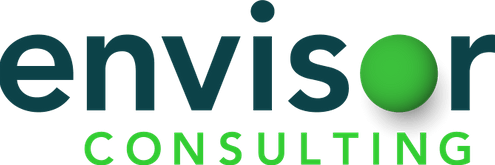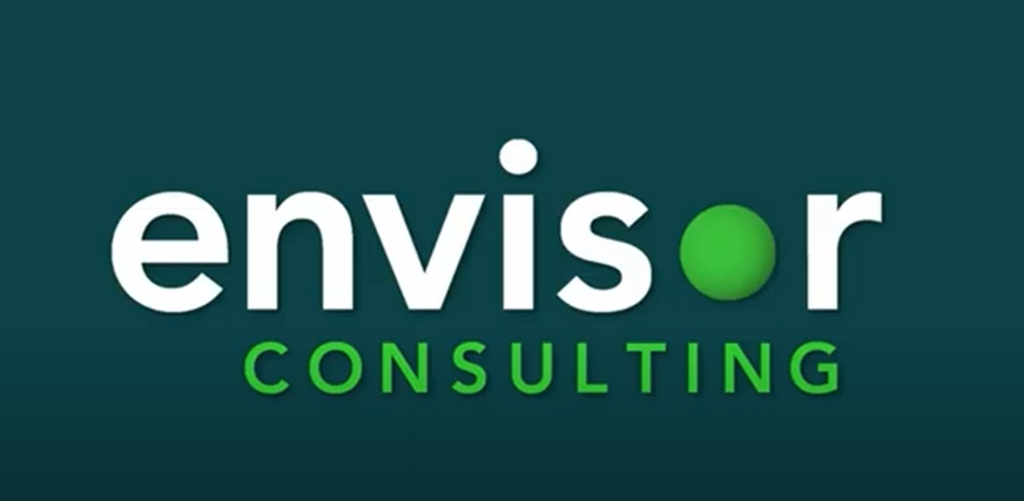Selling installations and additional services is a critical part of the landscape maintenance business strategy.
The benefits are both external and internal. Externally, enhancements represent good customer service. Landscapes are living and dynamic and require some investment from time to time. These additional projects put you in a position to solve problems and add value for your clients. If you don’t sell these projects, your clients will be forced to seek solutions from your competitors.
Internally, once you’ve invested the sales effort to capture maintenance clients, these additional sales are a good source of revenue that doesn’t require investment much additional overheads. A good enhancement sales pipeline can boost profitability considerably.
So, how do you ensure success? Always start by defining exactly what outcomes you are trying to achieve.
For enhancement sales, the outcomes are:
- Satisfied clients;
- Profitable jobs;
- A quick-and-easy sales cycle;
- Efficient routing of information to administration and production;
- Thorough job planning;
- Accurate and timely billing; and
- And ease of collections.
Your ability to consistently deliver these outcomes ensures that you meet our clients’ needs in a way that adds to your relationship and enhances your financial performance.
The consequences of messing up on these jobs includes jeopardizes a long-term relationship with an existing client.
With enhancement work, time constraints are generally tight, both in lead-time and job duration. Lead time is often less than two weeks, and in-job duration is often less than a day. These time pressures and the nature of the work itself make it imperative that enhancements get processed through a well-designed system. A haphazard system will result in chaos in this fast-moving side of the business. You and your clients will end up dissatisfied and you’ll meet the objectives above sporadically, if at all.
Elements of a solid enhancements systems
So what are the elements of a solid system for enhancements? We’ll focus on five.
- Lead Tracking. Proper lead tracking ensures good follow-up and proper focus.
- Estimating. Costs-based estimating that generates the right “downstream” information for administration and production is essential.
- Hand-off system. The step where information and responsibility gets passed from sales to production and administration must be thoroughly documented, trained and monitored. A formal system here is often neglected, creating problems.
- Work in progress. A clear and transparent scheduling process is key. It changes, we know, that’s why it needs to be clear.
- Job close-out. A proactive, formal approach to ensure that jobs close “properly” will save money, time, reputation and frustration.






